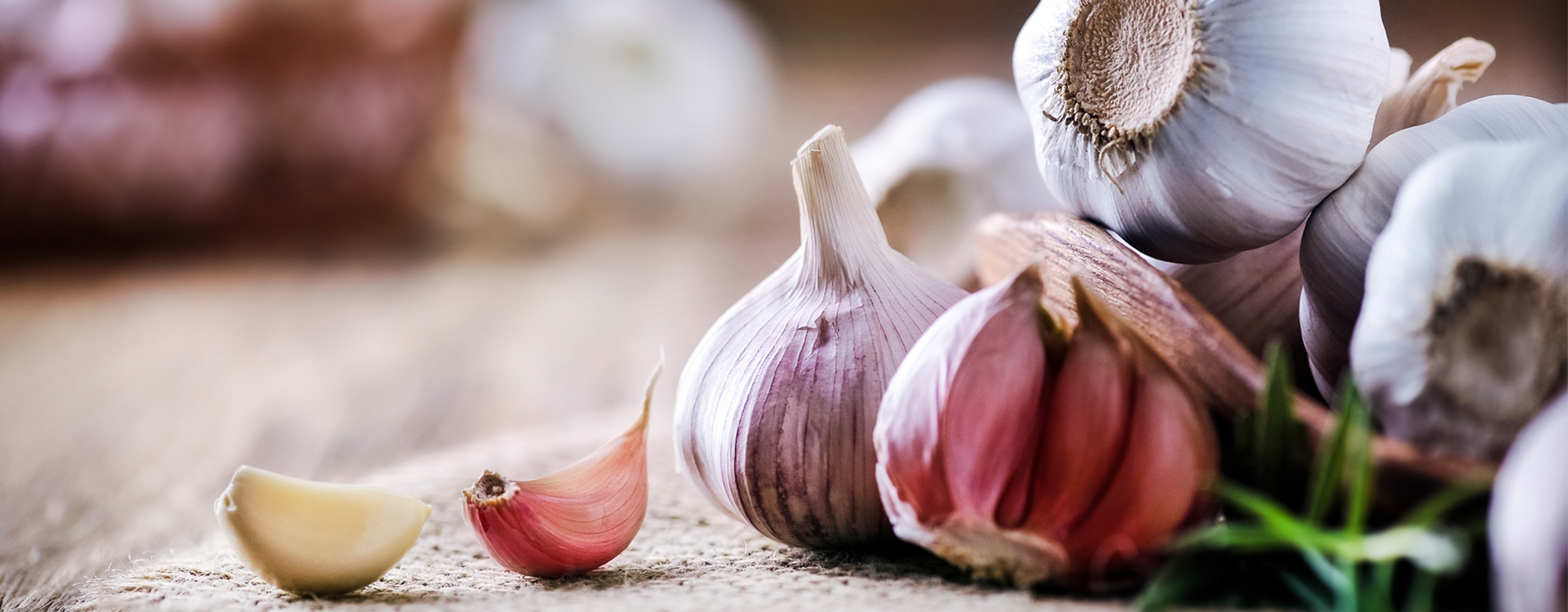Garlic has been a kitchen staple for centuries, prized for both its flavor and its potential health benefits. But in recent years, another variety has entered the culinary scene: black garlic. Created through a specialized aging process, black garlic features a sticky, sweet flavor profile and claims of enhanced nutritional value. If you’re curious whether black garlic truly packs a bigger punch than its classic white counterpart, keep reading. Below, we explore the nutrient differences between the two, highlighting potential health perks and practical ways to enjoy each one.
Why Compare Black Garlic and White Garlic?
White garlic (often just called “raw” or “fresh” garlic) is the variety most of us are familiar with—pungent, crisp, and used in countless savory dishes. Black garlic, on the other hand, is white garlic that’s been aged under low heat and high humidity for several weeks. This transformation changes its:
-
Appearance: The cloves turn black or dark brown and become soft and spreadable.
-
Flavor: Raw garlic’s sharp bite mellows into a sweet, tangy, slightly umami flavor.
-
Nutrient Profile: Certain compounds shift and, in some cases, intensify.
By understanding these changes, you can decide which type of garlic best suits your taste preferences and nutritional goals.
Key Nutrients in White Garlic
White garlic is widely recognized for its array of sulfur-containing compounds, notably allicin, the source of its intense aroma and some of its purported health benefits.
Allicin and Sulfur Compounds
-
Health Benefits: Allicin has been studied for its antimicrobial, anti-inflammatory, and antioxidant properties. It’s also believed to support immune health and cardiovascular function.
-
Raw vs. Cooked: Allicin is released when garlic is crushed or chopped, but high heat can degrade it quickly. Using raw or lightly cooked garlic may help preserve more of these compounds.
Vitamins and Minerals
-
Vitamin C: White garlic contains vitamin C, though the amount decreases with cooking.
-
B Vitamins: White garlic has small amounts of B vitamins like B6.
-
Manganese and Selenium: These minerals play roles in metabolism and antioxidant defenses.
Fiber and Calories
-
Low Calorie: Garlic is relatively low in calories, with a few calories per clove.
-
Fiber Content: Garlic offers a small amount of dietary fiber—beneficial for digestive health.
Key Nutrients in Black Garlic
The aging process significantly alters the chemical composition of garlic, leading to new compounds and possibly higher concentrations of certain beneficial molecules.
Elevated Antioxidants
-
Higher Antioxidant Activity: Studies suggest black garlic often has more potent antioxidant properties compared to white garlic. This is partly due to the Maillard reaction, which can form new antioxidant compounds.
-
Melanoidins: These are brownish pigments formed during the aging (or Maillard) process and may contribute to black garlic’s antioxidant capacity.
S-Allylcysteine (SAC)
-
Enhanced Bioavailability: One standout compound in black garlic is S-allylcysteine (SAC), which some research shows may be more easily absorbed by the body. SAC is linked to potential benefits such as reduced inflammation and better cardiovascular health.
-
Less Pungent, Still Potent: While black garlic’s flavor is milder, that doesn’t mean it’s less beneficial. Its transformed sulfur compounds might be gentler on digestion yet still offer health perks.
Reduced Allicin
-
Trade-Off: Because black garlic has undergone chemical changes, it generally has less allicin than raw garlic. However, its other compounds may compensate by offering separate, and possibly more bioavailable, benefits.
Health Implications: Which One Is “Better”?
Both white garlic and black garlic come with potential health advantages:
-
Antioxidant Boost: If your priority is upping your antioxidant intake, black garlic might be more beneficial.
-
Allicin Power: If you’re focused on allicin’s specific properties—particularly for antimicrobial benefits—raw white garlic may be the better choice.
-
Heart Health: Both can support cardiovascular well-being, though black garlic’s higher antioxidant content and presence of SAC may provide a stronger protective effect.
-
Digestive Tolerance: Some people find black garlic easier on the stomach, thanks to its lower sulfuric bite.
Ultimately, “better” depends on your goals and taste preferences. Some research even suggests that alternating between white and black garlic could offer a wider range of health perks.
Culinary Uses
Because their flavors differ significantly, consider how you want garlic to show up in your dishes:
White Garlic
-
Classic Flavor: Bold, pungent, and instantly recognizable.
-
Raw in Dressings: Perfect for salad dressings, guacamole, and fresh salsas where you want a sharp garlic punch.
-
Lightly Cooked: Sautéing or roasting garlic mellows its bite, making it sweeter but still distinct.
Black Garlic
-
Sweet & Umami-Rich: Reminiscent of balsamic vinegar or molasses.
-
Spreadable: Ideal for spreading on bread or blending into dips; it’s especially tasty in hummus or compound butter.
-
Gourmet Touch: Adds complex, sweet-savory notes to pastas, soups, sauces, and even desserts.
Storage and Shelf Life
-
White Garlic: Best stored in a cool, dry place with good airflow. Sprouting can occur over time.
-
Black Garlic: Can also be kept in a cool, dry area, but peeled cloves may need refrigeration. It typically has a longer shelf life than raw garlic, thanks to the aging process.
Final Thoughts
When it comes to nutritional comparisons, black garlic and white garlic each have their own set of benefits. Raw white garlic is a classic source of allicin and other sulfur compounds, while black garlic stands out for its higher antioxidant content and S-allylcysteine levels.
Incorporating both into your diet could be a simple way to cover more nutritional bases. White garlic can deliver that sharp, robust flavor you’re used to, while black garlic offers a milder, sweeter profile loaded with unique compounds. Whether you’re focusing on immune support, heart health, or simply exploring new flavors, both types of garlic can hold valuable places in a well-rounded eating plan.

Comments (0)
No comments yet. Be the first to comment!